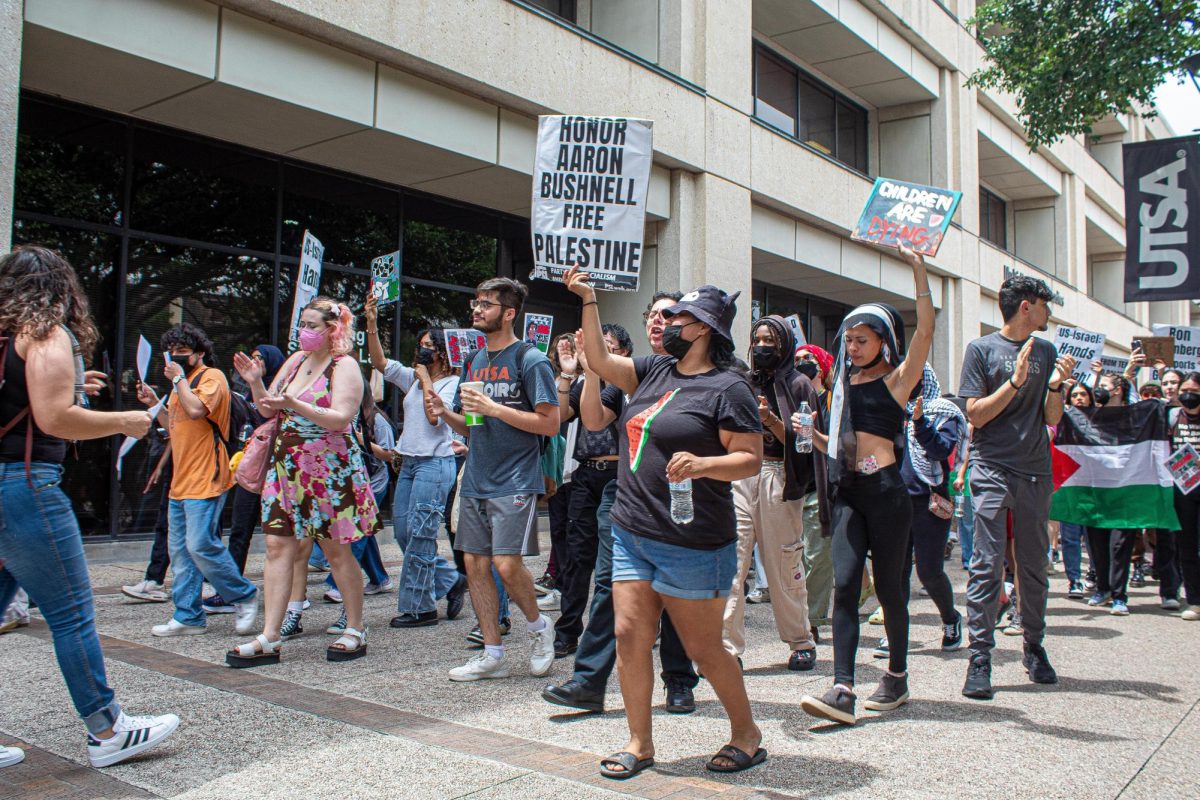

It was one of the coldest Augusts on record in Texas when Charles Joseph Whitman made his way to the University of Texas observation tower. No one expected the historically horrible events that would ensue, but then again, no one ever does.
Whitman had been struggling with some serious mental disorders for several years leading up to his killing 16 people and injuring 32 others on the University of Texas campus. He had been seeking help for several years and had seen at least five doctors between the fall and winter of 1965, without finding one able to help him.
“I talked with a doctor once for about two hours and tried to convey to him my fears that I felt overwhelming violent impulses. After one visit, I never saw the doctor again, and since then have been fighting my mental turmoil alone and seemingly to no avail,” Whitman wrote in a note before his rampage.
Whitman’s autopsy found a glioblastoma, a highly aggressive brain tumor that could have played a part in his aggressive actions.
Unfortunately, Whitman was not the first to sow destruction among fellow students, and he most certainly was not the last.
On Nov. 1, 1991, former graduate student, Gang Lu of the University of Iowa, also fell between the cracks of necessary mental care. A physics and astronomy student who had earned his Ph.D. in May of 1991, Lu was still living in Iowa City after graduation and was struggling economically.
Lu was infuriated because he had not received the prestigious D.C. Spriestersbach Dissertation Prize, which included a monetary award of $2,500. Because of the recession, Lu was unable to find work. He believed that winning the prize would have made it easier for him to get hired as a professor.
Normally, in this instance, the physics and astronomy department would have given Lu a temporary postdoctoral fellowship, but there was not enough money to support it.
On Nov. 1, 1991, Lu attended a physics and astronomy department meeting. Soon after the meeting began, Lu shot four department members-two professors, the chairman of the department and a research investigator-with a .38 caliber revolver.
Afterwards, Lu walked three blocks across campus, and requested to see the associate vice president for academic affairs, the woman whom he had complained to about his not winning the Spriestersbach prize.
Lu shot her in the head and then shot and injured a temporary student employee in the office. Lu shot himself in the head soon after.
Although he had not suffered through apparent mental disability like Whitman, Lu had been pushed into severe stress and rage. One can imagine how such actions can momentarily seem like the only way out when the world is crumbling to the ground.
Years later, on Apr. 16, 2007, Seung-Hui Cho devastated the Virginia Tech community by killing 32 people and injuring 25 others. Cho, like Whitman, had been struggling with a string of mental disorders.
He had been diagnosed with a severe anxiety disorder and had received therapy throughout middle school and high school as well as special education support.
Due to federal privacy laws, the school was not informed of his previous issues or his need for help, so the campus was unable to give him suitable care. No one knows what difference a friend or a therapist at the right time could have made.
Cho is far from alone. According to a 1999 U.S. Department of Health and Human Services study, one in four adults, roughly 57 million people, experience a mental health disorder in a given year.
In retrospect, warning signs signaling a problem were clear in many examples of school violence. But if many students have anxiety issues, what makes a student act out violently?
According to a PBS article on murderer profiles, researchers found that killers do not “snap”; they plan and they acquire weapons. Shooters take a long, considered, public path toward violence, a path that can be interrupted if someone sees it soon enough.
Is it possible to prevent such outbursts? Could the Columbine High School massacre, one of America’s deadliest, have been prevented if Eric Harris and Dylan Klebold’s plans had been discovered earlier? What steps can a school take to give students the help they need?
In 2005, the National College Health Assessment surveyed 17,000 college students. Twenty-five percent of the students reported they have felt so depressed it was difficult to function three to eight times in the past 12 months. How does a school solve that?
Many corporations have tried to identify potential threats by profiling the “school shooter,” but many profiles fit the identity of a killer. There can never be a perfect profile match.
There are too many influences that can factor in, such as mental stability, stress, anger, a personal manifesto, grief or even peer pressure.
As history has shown, the consequences of ignoring people’s misfortunes can be tragic for all.
UTSA gives students many options, providing a Center for Health Care Services 24-hour Psychiatric Crisis Line, and healthcare center with many supportive counselors on staff.











